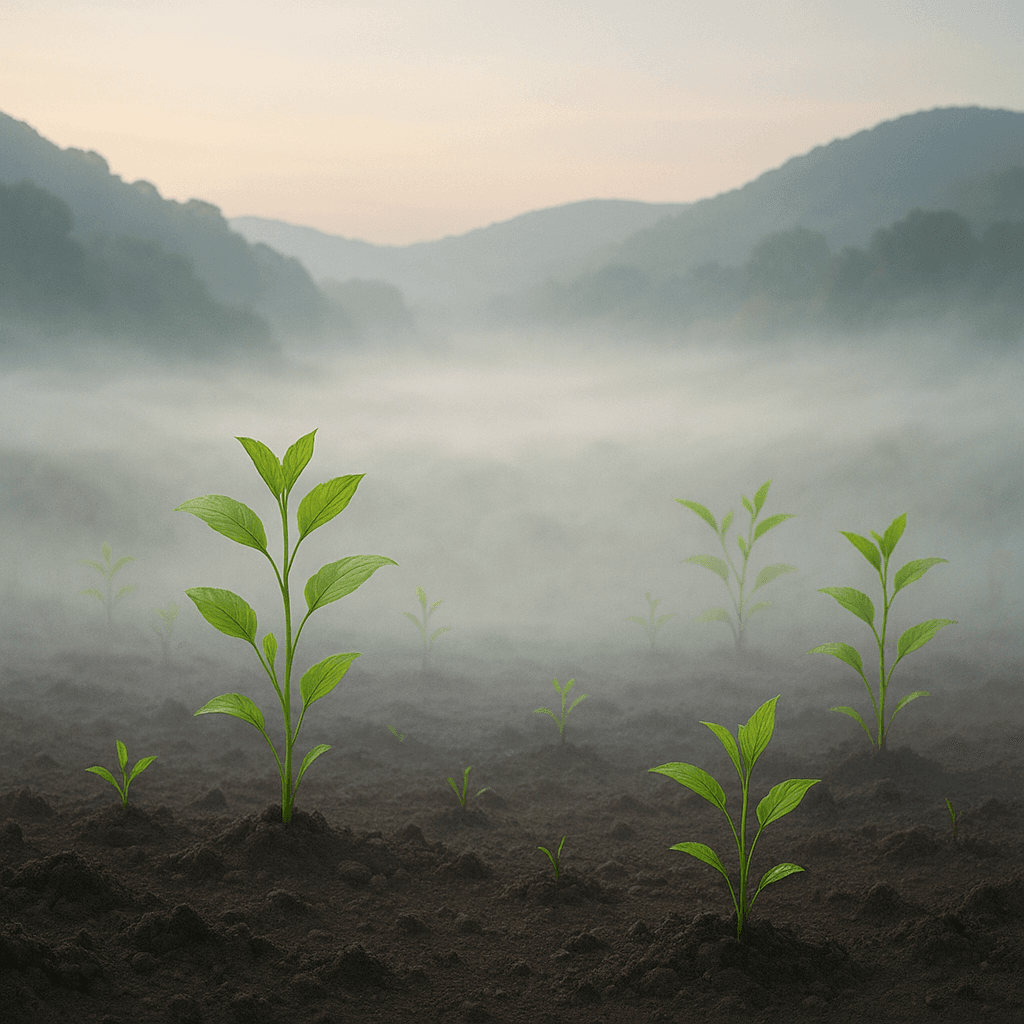Emptiness as the Wellspring of Creative Potential

Emptiness is not nothingness; it is the fertile ground of creativity. — Thich Nhat Hanh
Understanding Emptiness Beyond Absence
Thich Nhat Hanh’s perspective reframes emptiness, often mistaken for mere void or lack, as something far richer and more generative. Rather than symbolizing nihilism or a state devoid of meaning, emptiness is portrayed as a dynamic space—open, receptive, and brimming with possibility. Just as a blank page allows an artist to imagine freely, emptiness can invite new beginnings.
Philosophical Roots in Buddhist Thought
Bridging into Buddhist tradition, the notion of emptiness (śūnyatā) does not denote nothingness, but rather the absence of fixed essence. In texts such as the ‘Heart Sutra,’ emptiness is realized as interdependence and flexibility. Thich Nhat Hanh builds on this, suggesting that the absence of rigid identity removes barriers to transformation—setting the stage for endless creative potential.
Creativity Born from Spacious Awareness
Building from philosophy to practice, many spiritual and artistic disciplines rest on cultivating emptiness—a clear, open mind unhindered by preconceived notions. Writers like Julia Cameron, in ‘The Artist’s Way’ (1992), advise letting go of inner clutter to allow inspiration to surface. This echoes Thich Nhat Hanh’s vision: unoccupied mental space fertilizes ideas the way fallow soil revitalizes crops.
Historical Examples of Fertile Emptiness
Looking at history, the Renaissance thrived after periods of disruption and uncertainty, which acted as fertile empty ground for innovation. Similarly, Zen artists like Sengai Gibon (1750–1837) used simplicity and space in their ink paintings to invite the viewer’s imagination, demonstrating how emptiness fosters interpretation and invention.
Embracing Emptiness in Everyday Life
Ultimately, recognizing emptiness as fertile requires a shift in attitude toward silence, pauses, and periods of inactivity—both in art and in daily life. As Thich Nhat Hanh teaches, these spaces are not to be feared or filled too quickly; rather, when embraced, they become the incubators for breakthroughs and profound creative insight. In letting go, we give ourselves room to grow.